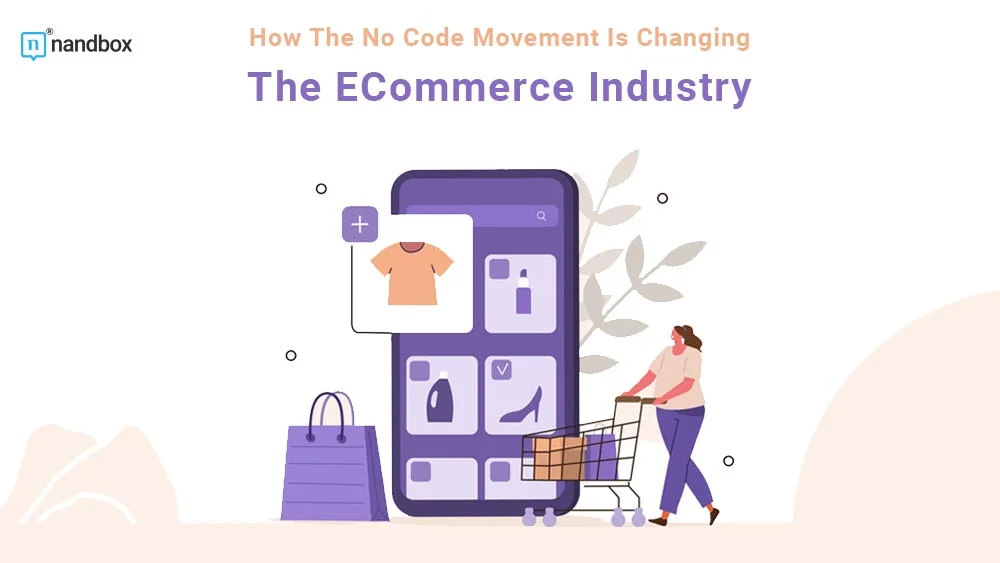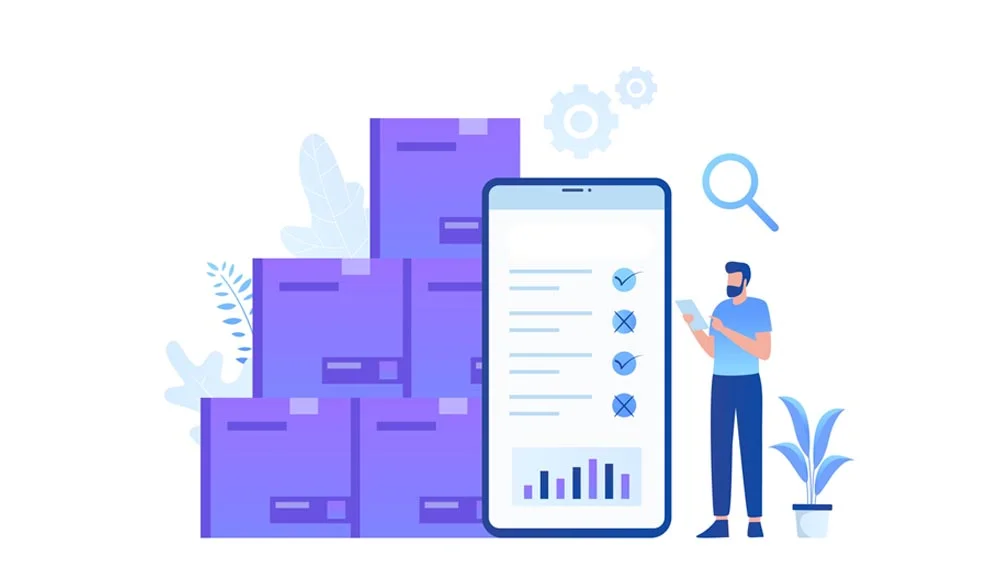The re-emergence of the no-code movement is making waves in the tech scene as we speak. With everything going digital after the COVID-19 pandemic, industries either jump on the wagon or stay behind. Many of them benefited from the no-code movement, including healthcare and finance. However, no-code especially changed the e-commerce industry. We’ll show you why and how in this article.
What Is the No-Code Movement?
As the name suggests, no coding involves carrying out functions that traditionally incorporate programming without coding. For example, making an app definitely includes writing code, but now there are platforms where users, known as citizen developers, can create apps without having to write code.
No-code app builders often incorporate a graphical user interface (GUI) and drag-and-drop methods.
The same applies to creating websites and automating tasks. In fact, spreadsheets like Excel are considered no-coding tools, unknowingly to many people. Software made with no coding is all around us, and most users are none the wiser.
It’s worth mentioning that no coding doesn’t eliminate the role of professional developers. On the contrary, it creates job opportunities for them, as they create no-coding tools for non-technical users.
Does ECommerce Need No-Code?
Before COVID-19, going digital was somewhat of a choice for businesses, but after the global lockdown, they had to get creative. E-commerce companies of all scales had to solve the problem of people not going to offline shops anymore. The ones who adapted to the situation won, and others lost their businesses due to a lack of flexibility. The question here is: do they still need to run their businesses online and do they need no-coding tools to do that? We believe the answer is yes, and here’s why.
Everything is Online Now
Recently, there’s been a joke that some people need to ‘touch grass.’ It means they have been online too long and should go outside to get a grip on reality. Indeed, people don’t go out as much as they used to. It doesn’t matter why; it’s still a fact, unfortunately. People who don’t go out still need to buy goods, and the way to do that is by ordering online. It is also convenient for people who want to get products from another city to order them online instead of traveling.
No-Coding Is An Inexpensive Solution
We’ve mentioned the need for businesses to go online, but why choose no coding tools? Simply put, no coding saves companies money. There are two types of no-coding tools:
- Software creation tools: The most common examples are website builders like WebFlow and WordPress and app builders like Appy Pie and nandbox. Additionally, there are some tools specifically for e-commerce, like Shopify and WooCommerce. Companies can use these tools to set up shop on a website and/or an app, allowing customers to find and order products. Most no-coding platforms cost an affordable monthly or annual fee.
- Workflow enhancement tools: These streamline the workflow by automating tasks. For example, Zapier is a popular task automation tool, and Google Sheets is an online spreadsheet. These tools save companies the trouble of hiring extra staff to handle repetitive tasks.
As you can tell, no-code tools are a cheaper alternative to hiring a development or design team. And it saves staff time and effort wasted on mundane daily tasks, which increases productivity and eliminates frustrations.
Less Time Spent on Development
In 2020, e-commerce needed a quick solution; and traditional development wasn’t fast enough. It takes months or years to develop a complex e-commerce app or website with an e-store. Alternatively, building an app using no-coding tools takes days, if not less.
This distinction stems from traditional or custom development calling for extensive preplanning, design, and programming, which necessitate different skill sets.
Contrarily, no-code building consists of visual elements that are easily understood and used. Companies can finalize the whole process and start selling in less than a week, focusing their effort on management, sales, and marketing.
Other No-Code Use Cases in the ECommerce Sector
Acquiring and Retaining Customers
Having an app and website is one way to get new customers with optimization strategies like ASO for apps and SEO for websites. This is the first step of the way. If they log in to your website and it’s sleek and well-maintained, they are likely to use the service.
As for retention, businesses now exert an effort to stay ahead of the competition, including discounts, loyalty programs, and engagement campaigns.
Inventory Management
Remember when a manager had to go through the warehouse supplies to manage the inventory? The future generation won’t go through that tiresome part. When a customer purchases an item from a website or mobile app, the number of available units is updated in real-time. This lightens the load, increases efficiency, and eliminates human error. It also makes it faster to detect any shortages and restock them.
Accounting
Many tools, like Airtable and Jotform, turn databases and spreadsheets into apps that help keep track of numbers without outraging your accountant. These tools decrease the chance of human error, increase productivity, and save money.
In conclusion, the no-code movement is helping the e-commerce sector. Everyone in the industry can benefit from no-code. Business owners can build e-stores without losing most of their capital. Managers and accountants can finalize their tasks with automation tools. Even customers benefit from getting their products delivered to their doorsteps without exerting effort. In the upcoming year, experts predict that the no-code movement will continue to hit milestones in many sectors, including e-commerce. More tools will be developed, and the online shopping experience will significantly change for the better.
You can build your online e-store with the nandbox native no-code app builder. Sign up now.






